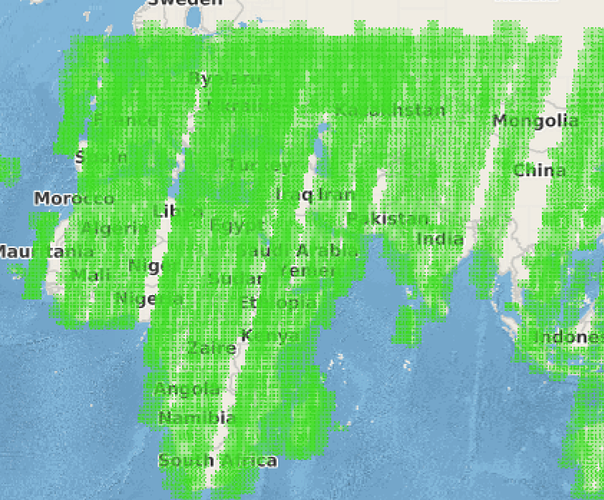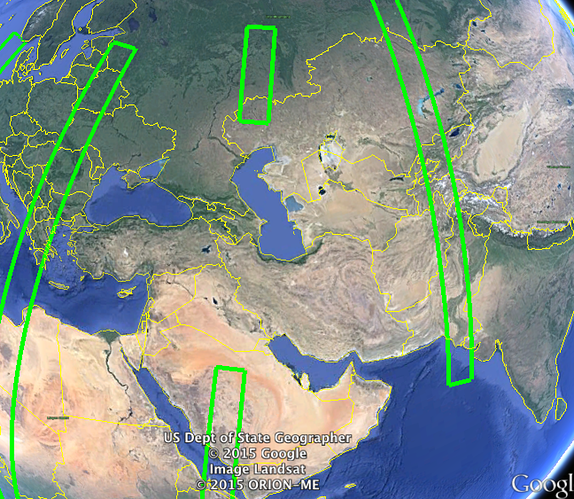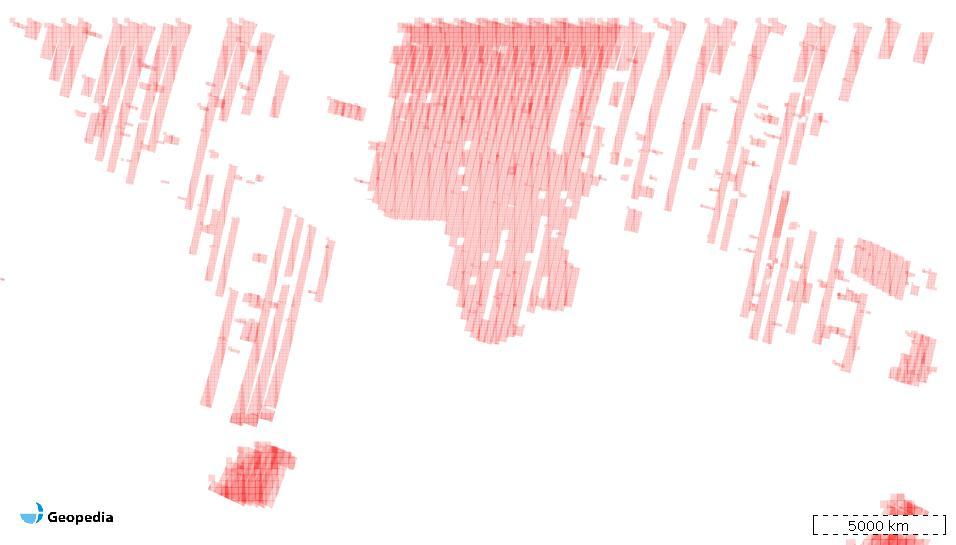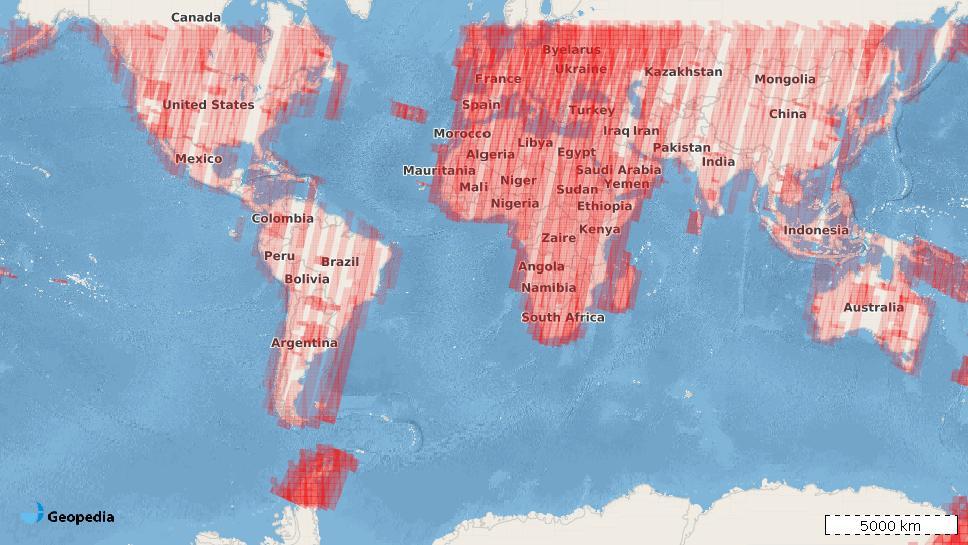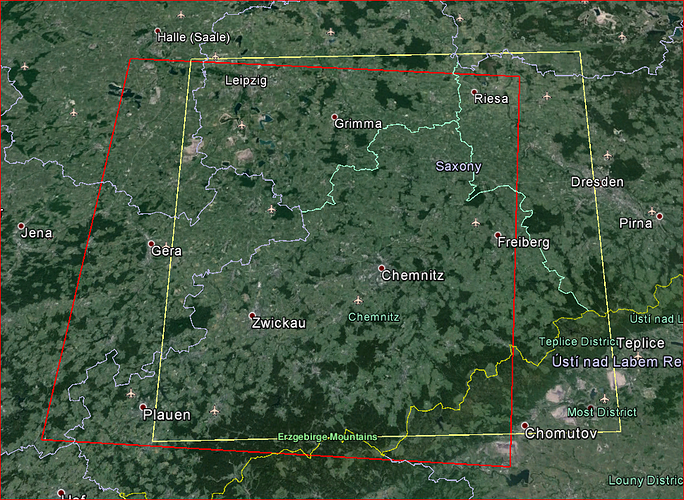Analyzing all currently acquired L1b products it seems that there are some parts of Europe and Africa, which are not covered at all (e.g. Croatia, significant part of Nigeria, Azerbaijan).
Is there some specific reason, why these areas are left out or can we assume that they will be covered shortly?
Hi gmilcinski,
You can find out about the planned acquisitions from the regularly updated Google Earth KML file from the Sentinel-2 Mission Guide page.
Cheers
Jan
Thank you.
Is there some reason, why some area is (it seems) intentionally left out? E.g. orbit 92:
Based on analysis of all currently available plans it seems this area was covered only once (orbit 49, 12.12.), however, it seems there is a whole batch of products missing from that day.
And this orbit is not part of any currently available future plans.
Would it be possible to somehow extend orbit 92? There is a high interest from Azerbaijan to use Sentinel data.
Thank you in advance for your support.
I would look at the observation scenario and acquisition plan
https://earth.esa.int/web/sentinel/missions/sentinel-2/observation-scenario
https://earth.esa.int/web/sentinel/missions/sentinel-2/acquisition-plans
This is the systematic plan for the copernicus users. For the rest of us
- it is what it is.
We have analyzed the coverage data from 8.12. noon - 7.1. noon and we have some questions:
-
28.12.-7.1.-world
This seems to be a typical 10-days cycle (28.12.-7.1.). It covers almost all of Europe and Africa. The rest of the world is not covered fully.
Can we assume this will be like this in the future as well?
-
28.12.-7.1-eu
As above, period from 28.12. 12:00 to 7.1. 12:00.
We notice that there are some blind spots. One in Spain (Lleida) and one in Portugal (Braganca). Are these a consequence of some processing errors or is there some other reasons? (e.g. there was a datastrip above Portugal on 1.1. and Spain on 2.1. but none of these resulted in product in this area)
Half of the European area is covered only once and half twice. Can we guess that the Sentinel-2B will assure that most of the area will be covered 4 times?
We noticed that there are some significantly overlapping tiles, e.g. 32UQB and 32UUS, resulting from the same product and therefore containing the same data. What is the reason for that?
- 28.12.-7.1-africa+eu
As above, period from 28.12. 12:00 to 7.1. 12:00.
Here we can notice, that there are many other blind spots in Eastern Europe (Azerbaijan, Kazahstan), Africa (Botswana, Zambia, Kenya, Tanzania, Mozambique,…) and Middle East (Iraq, Iran)
Can we assume that these are again processing issues or it is a limitation of acquisition capabilities?
- 8.12.-7.1
Just for people interested, looking at the acquisition on the global scale, three cycle period (8.12. noon - 7.1. noon; on 14.12. there was apparently some error as no data are available, some other dates, e.g. 20.12. have lesser number of products).
We are working on S2 distribution service and knowing answers to these questions would help us to plan it better.
Hi Grega,
I think your questions regarding the acquisitions should be directed towards the Copernicus User Support Services (see https://spacedata.copernicus.eu/web/cscda/copernicus-users/user-support-services)
Cheers
Jan
Hi Grega,
I would just say that I think your 32UUS should be 33UUS. I have looked at several TILPAR files and cannot identify a 32UUS.
In the screenshot, the yellow tile is 33UUS, and the red tile is 32UQB. The 33UUS appears to match your 32UUS.
Can you confirm?
Cheers
Jan
Yes indeed. Sorry about this mistake.
